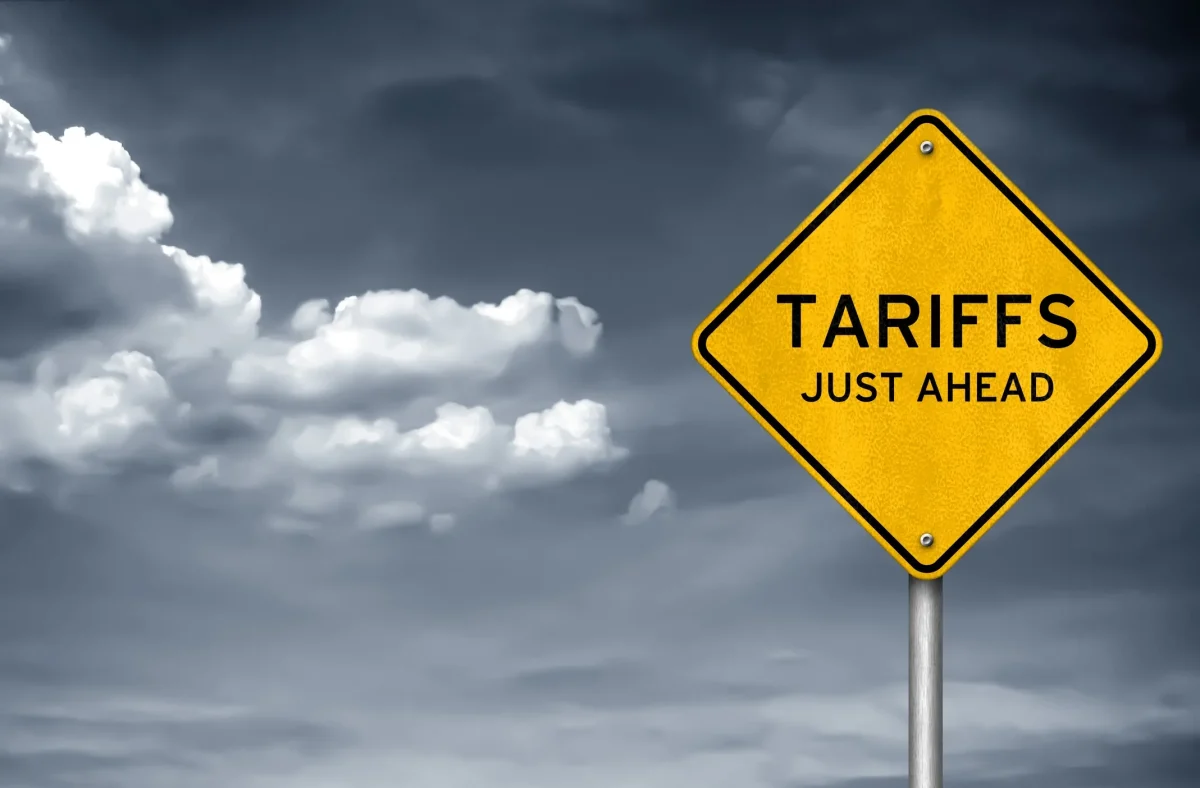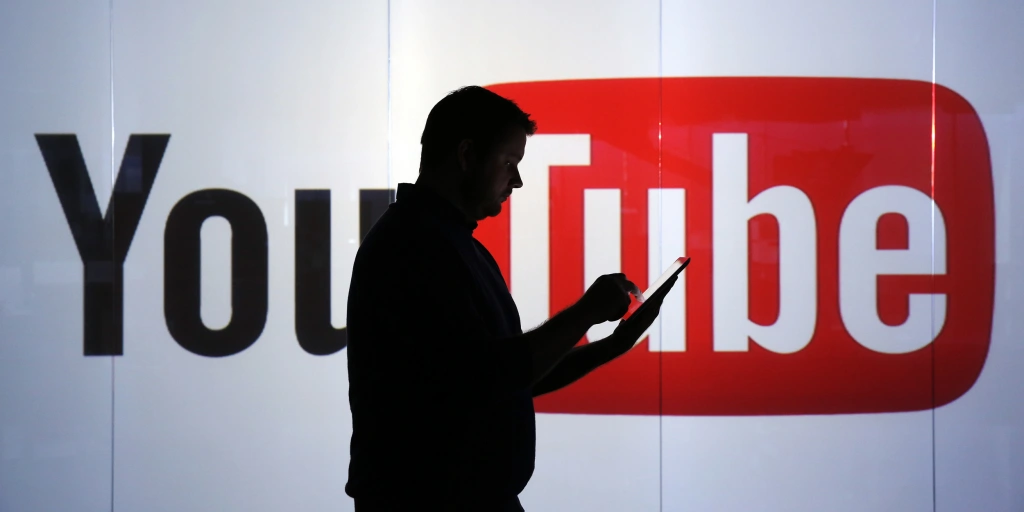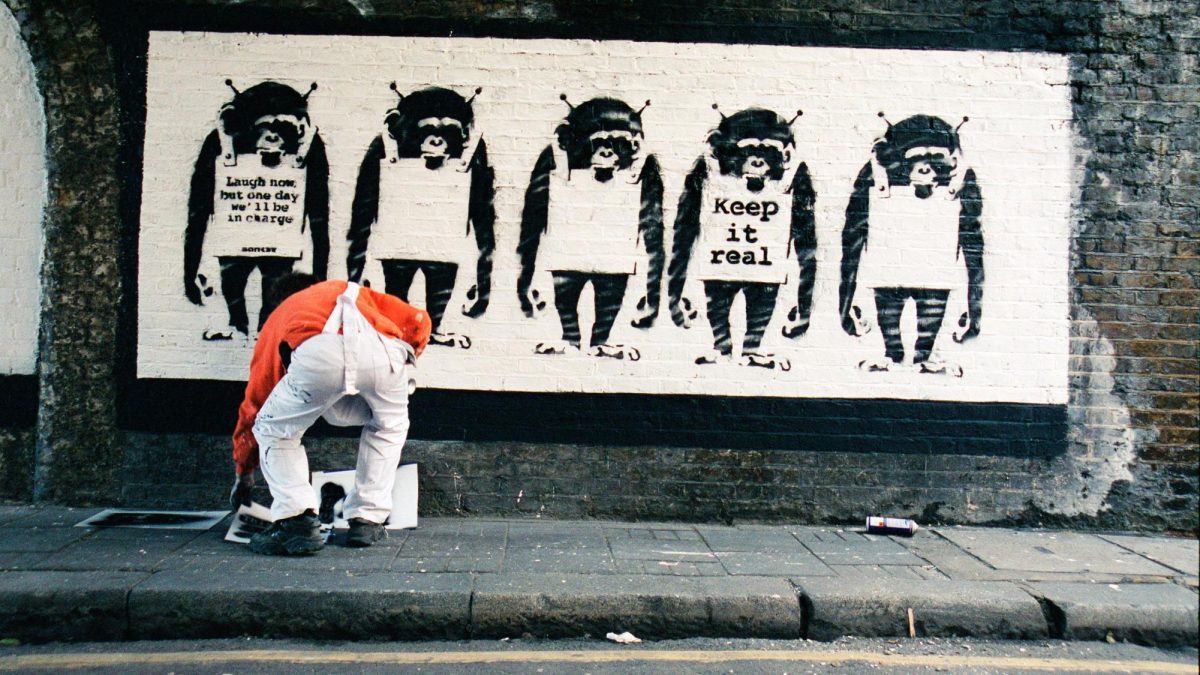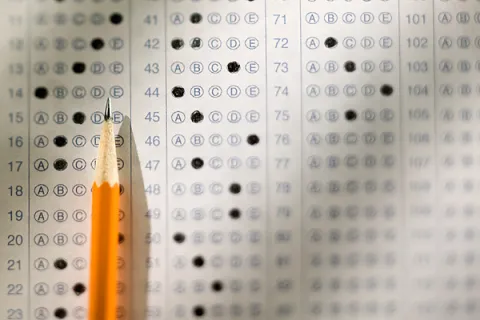Donald Trump ran a campaign built upon promises of increasing tariffs by at least ten percent on China, Canada, and Mexico. These high taxes on imported goods would mark extreme economic isolation for the United States and risk damaging fragile allyships. Without easily accessible trade with neighboring countries and China, the United States will have to rely on domestic production, which can cost significantly more money due to stricter federal labor laws and higher minimum wage. Additionally, some materials simply aren’t abundant in the US, like metals, fuel, and coffee. To really understand Trump’s foreign trade policy, we must first look at William McKinley, Trump’s tariff role model.
William McKinley, the 25th US president, was known for his use of tariffs to increase manufacturing in America as opposed to overseas. He initially started enacting tariffs because the government had an annual surplus of money. Tariffs would help the government get rid of the surplus, and the loss of foreign trade would not significantly damage federal funds. These tariffs lead to a sturdier economy because they removed all foreign industrial competition.
However, this was at the very beginning of America’s manufacturing boom. McKinley’s tariffs eventually had to be lowered because they were so effective at totally removing the surplus, that they created a national debt. He lowered the tariffs in exchange for other countries lowering tariffs on US imported goods, so that foreign trade revenue could relieve debt and the market would open up. The need for extremely high tariffs was temporary—the focus of McKinley’s entire second term was about lowering the tariffs he had created during his first one.
Trump’s economic plan is based around a similar tariff strategy employed by President McKinley. McKinley also placed tariffs on neighboring countries, as well as ones with large scale manufacturing based ties to the US. McKinley was revered as good for the US economy. This is challenged by President Trump’s repeated instances of financial mismanagement and plethora of failed business ventures, like his 34 felony charges for falsifying business records and his bankrupt chain of casinos. Trump’s goal with tariffs is to follow in McKinley’s footsteps and, “make America wealthy again” as he said in a tweet last December, but McKinley’s high tariffs did not make America wealthy, they got rid of the surplus of government money. The lowering of McKinley’s 40-50% tariffs was what made America wealthy again, when foreign trade brought revenue back.
Additionally, in McKinley’s time, the amount of foreign goods consumed by everyday Americans was objectively less than the amount Americans consume today. The model that Trump bases his tariffs on is not of use to Americans now—McKinley’s presidency was about balancing the economy by localizing trade and removing a surplus. Eventually, his whole plan was to lift his tariffs. Trump’s tariffs will only make the prices of products higher and more inaccessible for American citizens, as well as destroy foreign trade relationships that have taken decades to cultivate. Trump is not using history to the advantage of America.














